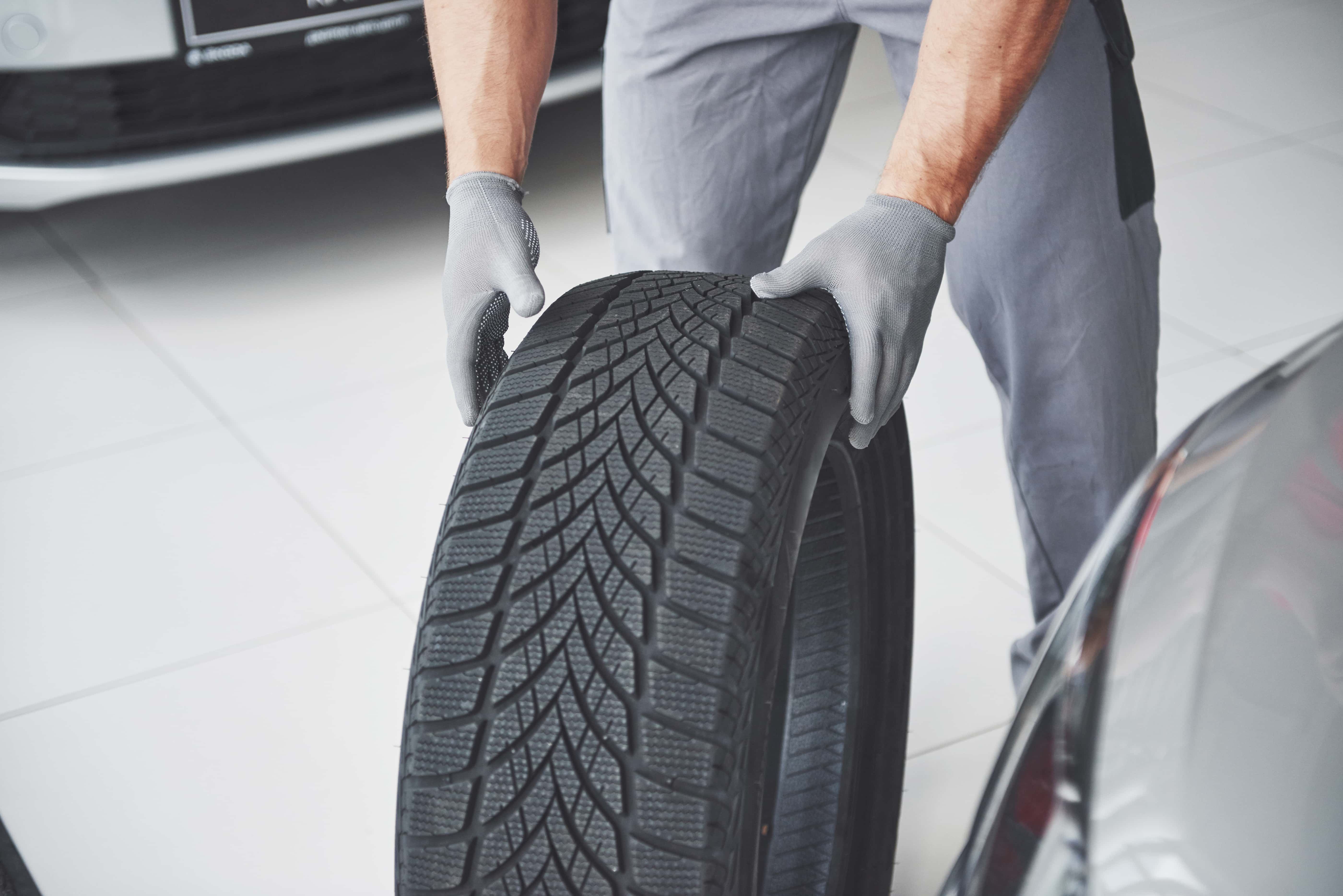81 per cent say driving a vehicle equipped with winter tires has saved them from an accident or loss of control. This belief is particularly high (88 per cent) among young drivers aged 18 to 34.
Cambridge, November 13, 2023 – Seventy-six per cent of Canadian motorists believe extreme winter weather events related to climate change have made winter tires more important than ever, according to a new Leger survey commissioned by the Tire and Rubber Association of Canada (TRAC; www.tracanada.ca).
The survey also reveals evidence that financial pressures are causing some drivers to have doubts about investing in winter tires. One-in-three (31 per cent) say they are now less likely to buy winter tires because of high living costs. However, the study also finds that 85 per cent of drivers believe winter tires are an important investment despite the rising cost of living.
TRAC’s 2023 Canadian Consumer Winter Tire Study finds that outside Quebec, where winter tires are the law, winter tire usage now stands at 71 per cent.
“It seems Canadian drivers are recognizing the changing weather patterns brought about by climate change,” says Carol Hochu, president and CEO of TRAC. “The prospect of more extreme winter weather has clearly given drivers a deeper appreciation of the superior grip and stopping power offered by winter tires. While cost of living worries are concerning, they are not expected to reduce winter tire use. Belief in the safety benefits of winter tires is too deeply ingrained.
“However, with 28 per cent of drivers still not using winter tires, consumer education must be an ongoing priority to bring about the higher level of winter tire adoption needed to make our wintertime roadways safer,” adds Hochu.
Protecting the safety of their family is the most common reason for using winter tires (83 per cent) while 34 per cent cite winter tires being mandatory in their province. Other common reasons for investing in winter tires are lower insurance premiums (17 per cent) and trusted advice from family and friends (12 per cent).
The most common reasons for not using winter tires are the belief that all-season tires are good enough (63 per cent), cost (26 per cent) and reduced driving in winter (24 per cent).
Regional findings:
- 73 per cent of British Columbia drivers use winter tires
- Alberta’s usage rate is 73 per cent
- In Manitoba and Saskatchewan usage stands at 64 per cent
- 67 per cent of Ontario drivers now use winter tires
- In Atlantic Canada winter tire usage stands at 94 per cent
Rely on the Three-Peak Mountain Snowflake Symbol (3PMS)
Motorists have a broad range of options for winter driving. TRAC recommends winter tire shoppers rely on the Three-Peak Mountain Snowflake Symbol (3PMS). This symbol verifies the tire meets or exceeds Transport Canada’s minimum snow traction threshold.
Tire options for winter
Drivers have three choices for winter driving: all-season tires; all-season tires with the 3PMS symbol and dedicated winter tires designed exclusively for winter. Selecting the right tire can mean the difference between a surefooted winter motoring experience and a nervous drive. To learn more about winter tire options visit: https://tracanada.ca/consumers/why-winter-tires/.
Why dedicated winter tires are best
Driving on all-season tires in winter months results in longer stopping distances and compromised handling when temperatures fall below 7°C. All-season tires with 3PMS offer moderately better traction than other all-season tires. However, they are designed for occasional, light-to-medium snowfalls and may not provide the grip needed for severe winter driving conditions common on Canadian roads. Dedicated winter tires feature softer tread compounds that retain their elasticity even in extremely cold temperatures. They provide superior traction and significantly shorter stopping distances in all winter driving conditions from icy, slushy, and snow-covered roads to cold, dry pavement. Dedicated winter tires are the best performers and are by far the safest choice.
Survey Methodology
A survey of 1,521 Canadian drivers was completed online between October 20-22, 2023, using Leger’s online panel. A probability sample of the same size would yield a margin of error of +/-2.5%, 19 times out of 20.
